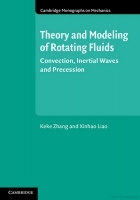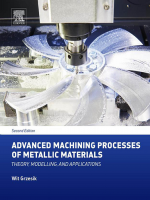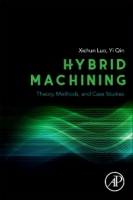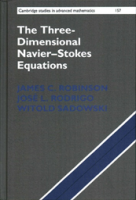Progress in modelling and simulation of the machining process – part I
Postęp w modelowaniu i symulacji procesu skrawania – część I *
Author: Wit Grzesik
Mechanik nr 03/2024 - Obróbka skrawaniem
ABSTRACT: In this paper some rules of a multiscale modelling and numerical simulations of fundamental physical phenomena associated with the machining process, including mechanisms of plastic deformation, chip formation and interfacial friction are overviewed. Some representative examples of the modelling application to multiphase and composite materials, determination of constants in the material constitutive equations and simulation of nano- and micromachining processes using MD-FEM and SPH-FEM hybrid methods are given.
KEYWORDS: multiscale modelling, numerical simulations, machining process, plastic deformation, chip formation, interfacial friction, MD-FEM, SPH-FEM
STRESZCZENIE: W artykule omówiono zasady wieloskalowego modelowania i symulacji numerycznej podstawowych zjawisk fizycznych towarzyszących procesowi skrawania, w tym mechanizmów odkształcania materiału, tworzenia wióra i tarcia. Podano przykłady zastosowania modelowania materiałów wielofazowych i kompozytowych, wyznaczania stałych materiałowych w równaniu konstytutywnym oraz symulacji mikro- i nanoobróbki z użyciem hybrydowej metody MD-FEM i SPH-FEM.
SŁOWA KLUCZOWE: modelowanie wieloskalowe, symulacja numeryczna, proces skrawania, odkształcanie materiału, tworzenie wióra, tarcie, MD-FEM, SPH-FEM
BIBLIOGRAFIA / BIBLIOGRAPHY:
[1] Lin K., Wang Z. “Multiscale mechanics and molecular dynamics simulations of the durability of fiber-reinforced polymer composites”. Communications Materials. 4:66 (2023), https://doi.org/10.1038/s43246-023-00391-2, www.nature.com/commsmat.
[2] Gohari H., Hassan M., Shi B., Sadek A., Attia H., M’Saoubi R. “High-Performance Machining System: Process Optimization for a Cyber-Physical System – a Review”. preprint.org, doi: 10.20944/preprints202401.1951.v1 (dostęp: styczeń 2024).
[3] Yanagimoto J., Banabic D., Banu M., Madej L. “Simulation of metal forming. Visualization of invisible phenomena in the digital era”. CIRP Annals – Manufacturing Technology. 71 (2022): 599–622, https://doi.org/10.1016/j.cirp.2022.05.007.
[4] Grzesik W., Żak K., Tomkiewicz-Zawada A. „Analiza i modelowanie powierzchni wytwarzanych w obróbce ubytkowej”. Warszawa: PWN (2023).
[5] Grzesik W. „Podstawy skrawania materiałów konstrukcyjnych”. Warszawa: PWN (2018).
[6] Madej Ł., Sitko M. “Computationally Efficient Cellular Automata-Based Full-Field Models of Static Recrystallization: A Perspective Review”. Steel Review. (2023): 1–14, https://doi.org/10.1016/10.1002/srin.202200657.
[7] Shiaria B., Miller R.E., Klug D.D. “Multiscale simulation of material removal processes at the nanoscale”. Journal of the Mechanics and Physics of Solids. 55 (2007): 2384–2405.
[8] Cheng K., Huo D. “Micro-cutting. Fundamentals and applications”. Chichester: John Wiley & Sons, Ltd. (2013), https://doi.org/10.1002/9781118536605.
[9] Melkote S., Liang S., Özel T., Jawahir I.S., Stephenson D.A., Wang B. “A Review of Advances in Modeling of Conventional Machining Processes: From Merchant to the Present”. Journal of Manufacturing Science and Engineering. 144 (2022): 110801-11÷10801-22, https://doi.org/10.1115/1.4053522.
[10] Ojal N., Copenhaver R., Cherukuri H.P., Schmitz T.L., Devlugt K.T., Jaycox A.W. “A realistic full-scale 3D modelling of turning using coupled smoothed particle hydrodynamics and finite element method for predicting cutting forces“. Journal of Manufacturing and Materials Processing. 6, 33 (2022), https://doi.org/10.3390/jmmp6020033.
[11] Hardt M., Jayaramaiah D., Bergs T. “On the application of the particle swarm optimization to the inverse determination of material model parameters for cutting simulations”. Modelling MDPI. 2 (2021): 129–148, https://doi.org/10.3390/modelling2010007.
[12] Jain V.K. “Micromanufacturing processes”. Boca Raton: CRC Press (2013).
[13] Xu Y., Liu H., Zhang L., Becton M. “Multiscale assessment of nanoscale manufacturing process on the freeform copper surface”. Materials MDPI. 13 (2020): 3115, https://doi.org/10.3390/ma13143135.
[14] Pratap A., Divse V., Goel S., Joshi S.S. “Understanding the surface generation mechanism during micro-scratching of Ti-6Al-4V”. Journal of Manufacturing Processes. 82 (2022): 543–558, https://doi.org/10.1016/j.mapro.2022.08.014.
[15] Xu Y., Liu H., Zhang L., Becton M. “Multiscale Assessment of Nanoscale Manufacturing Process on the Freeform Copper Surface”. Materials. 13 (2020): 3135, https://doi.org/10.3390/ma13143135.
[16] Eder S.J., Leroch S., Grützmacher P.G., Spenger T., Heckes H. “A multiscale simulation approach to grinding ferrous surfaces for process optimization”. International Journal of Mechanical Sciences. 194 (2021): 106186, https://doi.org/10.1016/j.ijmecsci.2020.106186.
[17] Teimouri R. “Multiscale Modeling of a Chain Comprising Selective Laser Melting and Post-Machining toward Nanoscale Surface Finish”. Materials. 16 (2023) 7535, https://doi.org/10.3390/ma16247535.
[18] “Multiscale Modeling”. Mechanics and Materials Laboratory. https://mm.ethz.ch/education/master-phd-studies/multiscale-modeling.html (dostęp: styczeń 2024).
[19] Wiesener F., Bergmann B., Wichmann M., Eden M., Freudenberg T., Schmidt A. “Modeling of heat transfer in tool grinding for multiscale simulations”. Procedia CIRP. 117 (2023): 269–274, https://doi.org/10.1016/j.procir.2023.03.046.
[20] Zhang N., Klippel H., Afrasiabi M., Röthlin M., Kuffa M., Bambach M., Wegener K. “Hybrid SPH – FEM solver for metal cutting simulations on the GPU including thermal contact modelling”. CIRP Journal of Manufacturing Science and Technology. 41 (2023): 311–327, https://doi.org/10.1016/j.j.cirpj.2022.12.012.
[21] Sauer F., Codrignani A., Haber M., Falk K., Mayrhoferb L., Chwitzke C., Moseler M., Bauer H.-J., Schulze V. “Multiscale simulation approach to predict the penetration depth of oil between chip and tool during orthogonal cutting of AISI 4140”. Procedia CIRP. 117 (2023): 426–431, https://doi.org/10.1016/j.procir.2023.03.072.
[22] Zhang Y., Jung Y.-G., Zhang J. “Multiscale modelling of additively manufactured metals”. Elsevier (2020).
DOI: https://doi.org/10.17814/mechanik.2024.3.4
* Artykuł recenzowany



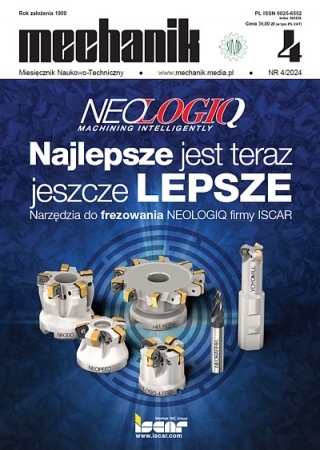
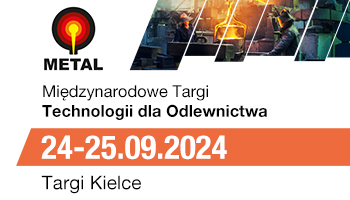

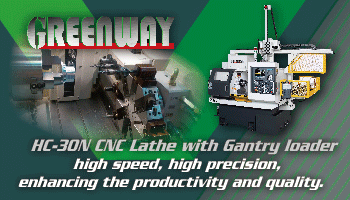
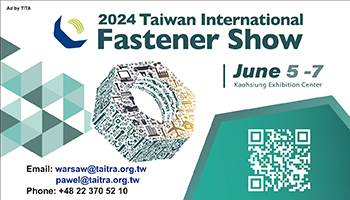
.gif)

